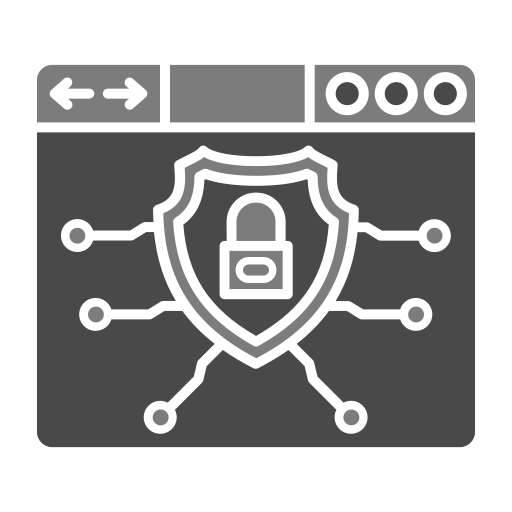SOC2 and Pen Testing for Startups: What Founders Need to Know
TL;DR for Busy Founders
- SOC2 doesn't explicitly require pen testing, but enterprise clients typically expect it
- Pen testing proves your security works in real-world scenarios (not just on paper)
- Early-stage startups can delay formal pen testing until enterprise deals demand it
- When you need to close deals, a recent pen test report can be your competitive advantage
As a startup founder, you're juggling countless priorities. When enterprise clients start asking about SOC2 compliance and penetration testing, you need straight answers about what's actually required versus what's just nice to have.

SOC2 Basics: What You Actually Need
SOC2 is about proving you have strong security controls to protect customer data. It covers five trust service principles, but most startups initially focus only on the Security principle when beginning their compliance journey.
The Five Trust Service Principles
- Security - Protection against unauthorized access
- Availability - Systems uptime and reliability
- Processing Integrity - Accuracy and completeness of processing
- Confidentiality - Information protection
- Privacy - Personal data handling
The good news is that SOC2 is more about proving you have effective security controls, rather than following a rigid checklist. This gives you some flexibility in how you implement your security program.
The Truth About Pen Testing Requirements
Here's what you need to know: SOC2 does not explicitly mandate penetration testing. But here's the catch - enterprise clients often request pen test results separately as part of their vendor security assessment process.
Why Enterprise Clients Ask for Pen Tests
- They want proof your security works against real attack scenarios
- Their security teams know paperwork compliance doesn't equal actual security
- Many have internal policies requiring vendors to show pen test results
- It helps them demonstrate due diligence in vendor selection

Pragmatic Approach for Startups
Your approach to pen testing should align with your company's growth stage and customer base. Here's a practical roadmap:
Early Stage (Pre-enterprise clients)
At this point, focus on building a strong security foundation without overinvesting in formal assessments:
- Implement basic security controls and document them thoroughly
- Use automated vulnerability scanning tools (much cheaper than pen testing)
- Have your technical team conduct internal security reviews
- Build security into your development process from the beginning
Growth Stage (Enterprise deals on the horizon)
As you start pursuing larger clients, it's time to formalize your security program:
- Budget for your first professional penetration test
- Focus the scope on your most critical systems and customer data
- Address findings quickly, especially high-risk vulnerabilities
- Prepare a remediation plan for lower-priority issues
- Use the pen test report as a sales tool to demonstrate security maturity
Cost-Benefit Analysis
When considering penetration testing, weigh these factors:
Costs to Consider
- Basic application penetration tests typically start around $10,000-20,000
- More comprehensive tests covering multiple systems cost $20,000-40,000+
- Tests need refreshing annually or after major infrastructure changes
- Internal resources needed to address findings
Benefits
- Unblock enterprise sales deals (often worth 6-7 figures)
- Find security issues before attackers do
- Build customer trust that translates into faster sales cycles
- Reduce risk of costly data breaches
- Provide security assurance to your board and investors

Bottom Line for Founders
Penetration testing is technically optional for SOC2 but practically necessary for enterprise sales. Instead of seeing it as a compliance burden, view it as a sales accelerator that helps close deals faster.
The right time to invest in pen testing is when:
- Enterprise prospects are asking about your security
- You're hitting roadblocks in security questionnaires
- You need a competitive edge against larger competitors
- Your product handles sensitive customer data
By taking a strategic approach to penetration testing, you can maximize your security investment while avoiding unnecessary costs during your early stages.
How Secure Cloud Innovations Can Help Your Startup
At Secure Cloud Innovations, we help startups navigate compliance requirements efficiently so you can focus on growing your business. Our team provides:
- Comprehensive SOC2 guidance - We'll help you understand exactly what you need at your current stage
- Professional penetration testing - We partner with experienced pen testers to ensure your security is truly effective
- Enterprise-ready documentation - Get the exact security artifacts enterprise clients demand
- Practical compliance strategies - Solutions that work for your budget and timeline
Let us handle the compliance complexity while you focus on your product. Our approach is designed specifically for startups that need practical, cost-effective security solutions.



